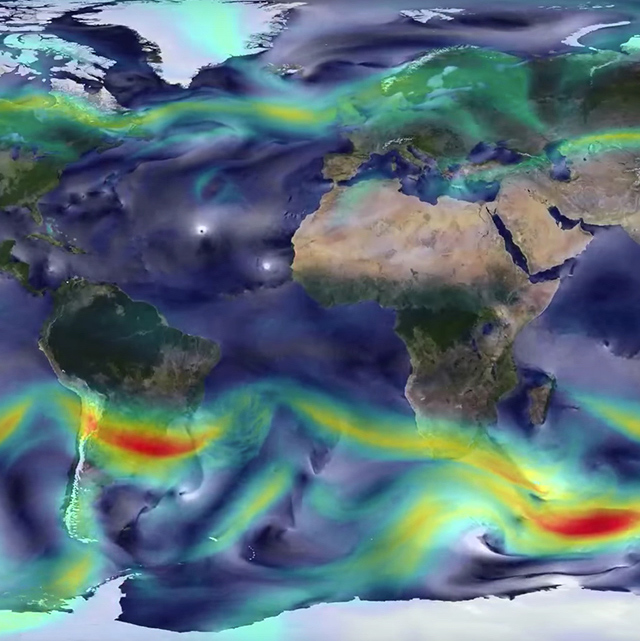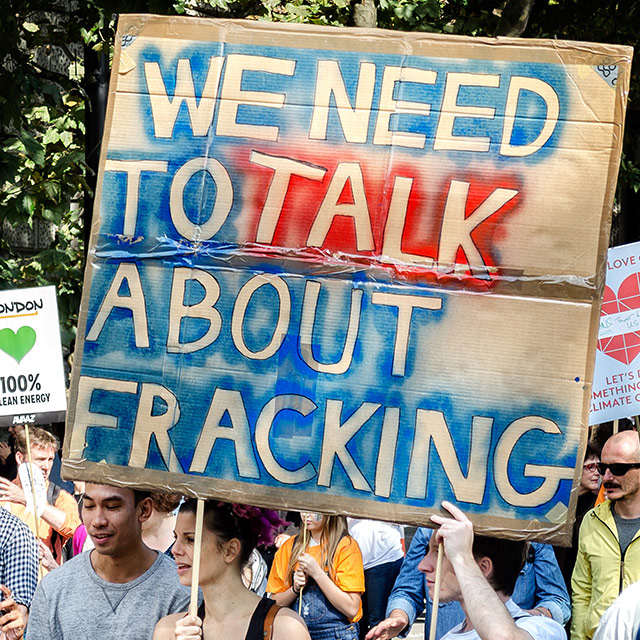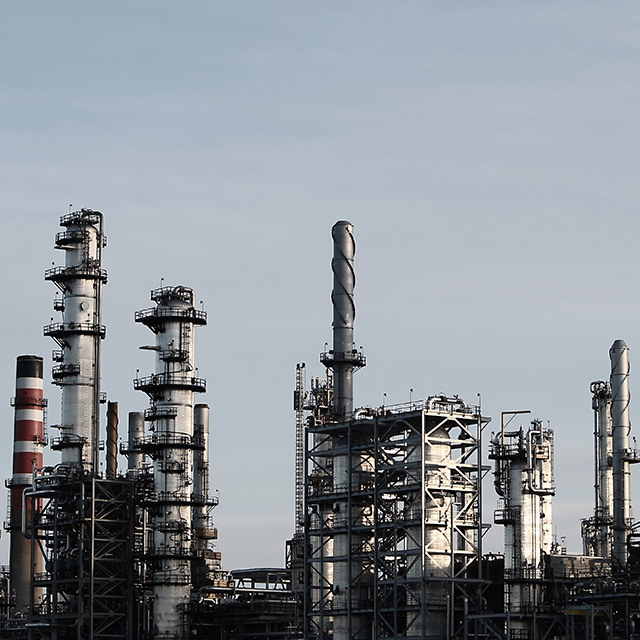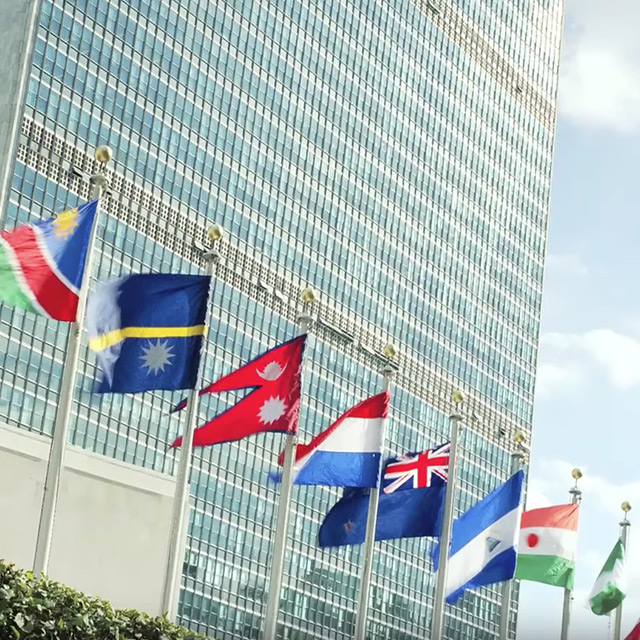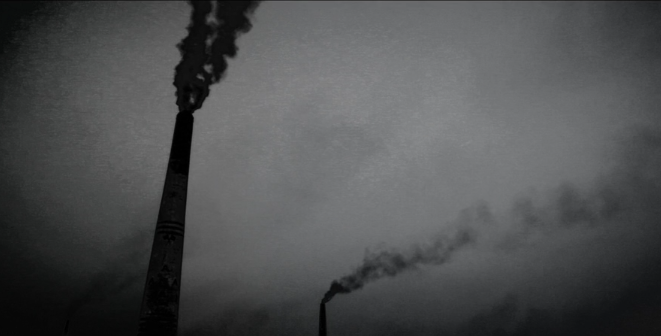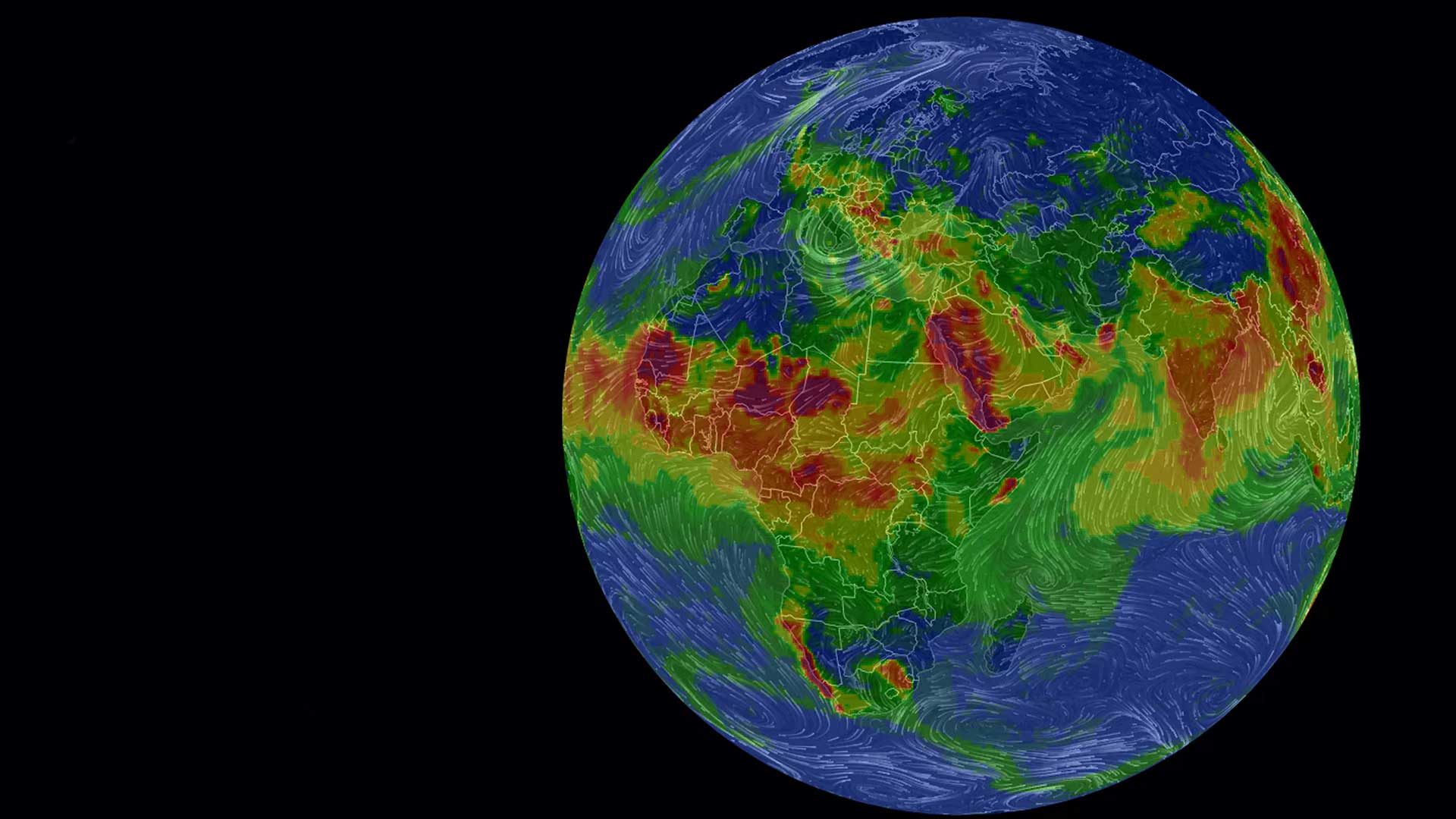The time to address climate change is now. The mean surface temperature of the Earth has risen dangerously and spurred devastating impacts – and not just on natural ecosystems worldwide, but on daily human life. We are currently on pace towards a temperature increase of 4°C or more this century, while scientists and policymakers propose targets of just 1-2°C to avoid the total destruction of the planet.
In this massive open online course, learn solutions to mitigate the effects of the global greenhouse gas emissions causing temperature rise, and how to apply these solutions in different national contexts improvements.
NOTE:
This course was created before the 2015 United Nations Climate Change Conference – COP21 – in Paris. While the political situation has shifted rapidly, this course provides a solid overview of the science behind climate change.
Climate Change Science and Negotiations is a single-semester course. Please ignore all references to a second semester.

